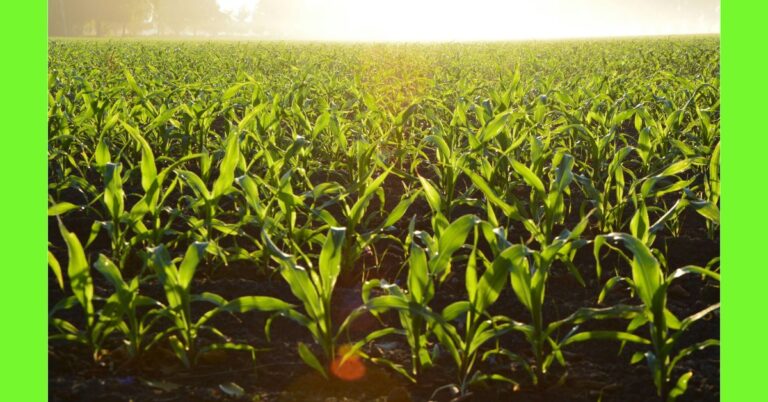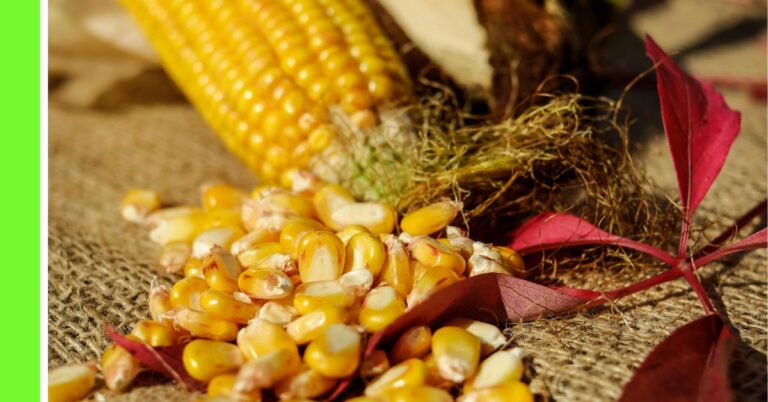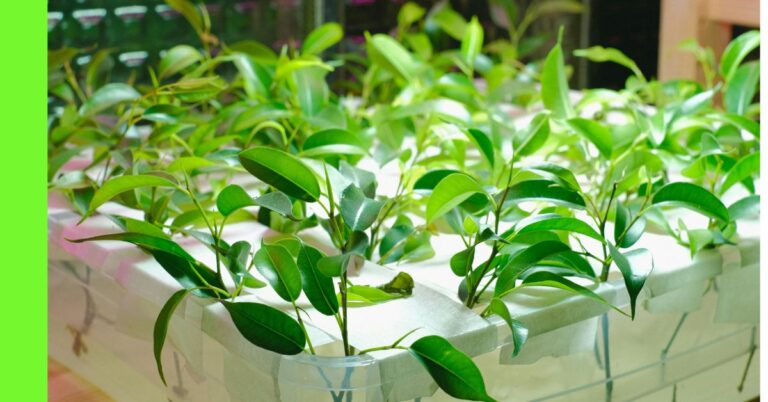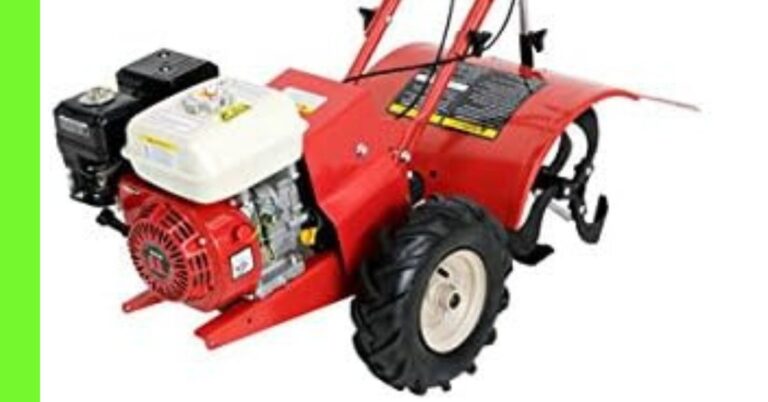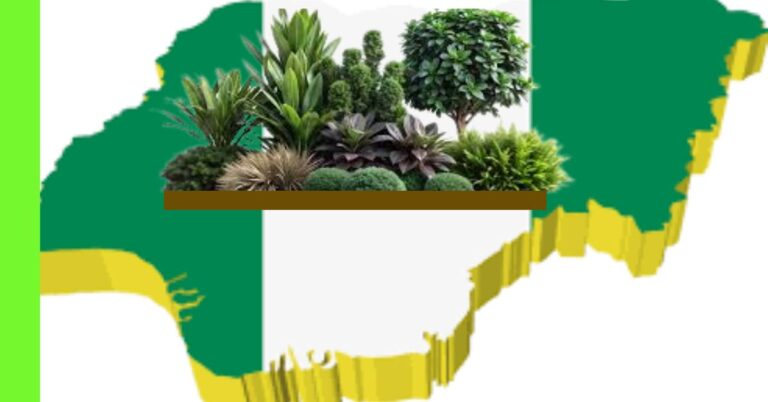Different Plant Propagation Methods
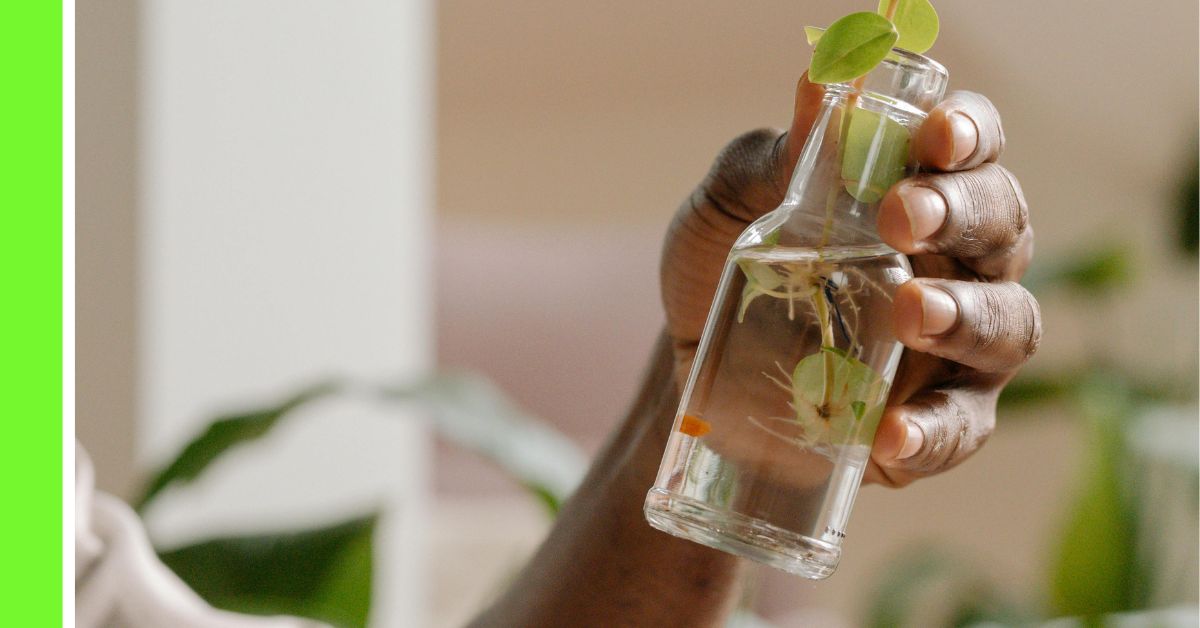
Propagation is the process by which new plants are created from existing ones.
It is essential for maintaining plant species, improving agricultural yields, and creating a continuous cycle of plant growth.
In this article, we will explore the different propagation methods, discussing how plants can be propagated using seeds, stem cuttings, suckers, seedlings, and other asexual techniques.
Understanding these methods will help you choose the best technique for growing your plants efficiently.
What is Propagation?
Propagation is the process of creating new plants by using parts of existing plants.
It can be carried out naturally or with human intervention, and it ensures the reproduction of plants to maintain a healthy ecosystem or increase agricultural output.
Propagation can occur through sexual methods (involving seeds) or asexual methods (using parts of the plant, like stems, roots, or leaves).
Each method has its unique advantages and is suitable for different types of plants.
Sexual Propagation: Growing Plants from Seeds
Sexual propagation is the most natural form of plant reproduction, where new plants are grown from seeds.
This method involves fertilization, where male and female gametes combine to produce seeds that will develop into new plants.
Steps for Sexual Propagation (Seeds):
- Pollination: Pollination can happen via wind, insects, or water, which transfers pollen to the stigma of flowers.
- Seed Formation: Once pollinated, flowers form seeds containing the genetic material from both parent plants.
- Germination: Seeds need the right environmental conditions (moisture, temperature, and light) to germinate and grow into young plants.
- Transplanting: Once the seedlings are strong enough, they can be transplanted to a more permanent location.
Advantages of Seed Propagation:
- Genetic Diversity: Plants grown from seeds inherit traits from both parent plants, promoting genetic diversity.
- Cost-Effective: Seeds are generally cheaper and more accessible than other propagation materials.
Disadvantages of Seed Propagation:
- Slower Growth: From seed to mature plant takes time, and success is not always guaranteed.
- Variable Results: The new plants might not always exhibit the same qualities as the parent plant, especially if cross-pollination occurs.
Asexual Propagation: Growing Plants Without Seeds
Asexual propagation, also known as vegetative propagation, involves growing plants from parts of a parent plant.
This method produces genetically identical offspring, preserving the traits of the parent plant.
Let’s explore the various propagation methods used for asexual propagation:
1. Stem Cuttings
Stem cuttings are one of the most common methods of asexual propagation.
In this technique, a section of the stem is cut from the parent plant and encouraged to root in a growing medium such as soil, water, or sand.
Steps for Stem Cutting Propagation:
- Select a healthy stem with a few leaves.
- Cut the stem just below a node (the part where leaves grow).
- Place the cutting in a rooting medium (soil or water).
- Keep the cutting in a warm, humid environment until it roots.
Advantages of Stem Cuttings:
- Clonal Reproduction: New plants are identical to the parent, preserving the best qualities.
- Faster Rooting: Cuttings generally root faster than seeds germinate.
Disadvantages of Stem Cuttings:
- Rooting Issues: Some plants may not root successfully, and cuttings can sometimes fail to grow.
- Limited Genetic Diversity: Since the offspring is a clone, they may lack the resilience provided by genetic diversity.
2. Propagating with Suckers
Suckers are shoots that grow from the base of a plant or the roots.
These new shoots can be separated and replanted to grow into independent plants.
Suckers are commonly found in plants like bananas, plantain and some fruit trees.
Steps for Propagating with Suckers:
- Look for healthy suckers growing near the base of the parent plant.
- Gently separate the sucker from the main plant, making sure it has roots attached.
- Plant the sucker in a new location, ensuring it is well-watered and cared for until it establishes itself.
Advantages of Sucker Propagation:
- Faster Growth: Suckers often have their own roots, which means they establish themselves more quickly than cuttings.
- Reliable Method: Sucker propagation often results in a higher success rate, particularly for certain types of plants.
Disadvantages of Sucker Propagation:
- Limited to Certain Plants: Not all plants produce suckers, making this method less versatile.
- Requires Space: Sucker propagation requires space around the base of the plant for the suckers to grow.
3. Growing from Seedlings
Seedlings are young plants that have been grown from seeds or other asexual methods.
Growing plants from seedlings is similar to using seeds but usually involves a more mature plant that is ready to be transplanted.
Steps for Seedling Propagation:
- Grow seeds in a nursery or greenhouse until they develop into small plants (seedlings).
- Once the seedlings have grown strong enough, transplant them to their permanent location.
Advantages of Seedling Propagation:
- Stronger Plants: Seedlings often have stronger root systems compared to plants grown from cuttings.
- Easier Transplanting: Seedlings are easy to handle and transplant into larger areas.
Disadvantages of Seedling Propagation:
- Slower Process: Growing plants from seedlings takes time, as they need to first be raised in a nursery.
- Risk of Transplant Shock: Transplanting seedlings can cause stress, leading to slower establishment.
4. Layering
Layering involves burying part of a plant’s stem or branch in the soil, while it remains attached to the parent plant.
Over time, the buried section develops roots and can be separated to grow independently.
Steps for Layering Propagation:
- Select a flexible stem or branch and bend it toward the ground.
- Bury part of the stem in the soil while keeping the other end attached to the parent plant.
- Once the buried section has rooted, cut it free from the parent plant.
Advantages of Layering:
- Higher Success Rate: Layering has a high success rate because the plant is still attached to the parent plant and continues to receive nutrients.
- Natural Process: It’s a natural way for some plants to propagate themselves.
Disadvantages of Layering:
- Time-Consuming: It may take a long time for roots to develop before the new plant can be separated.
- Space Requirements: Layering requires space for the plant to grow and establish roots.
Which Propagation Method Should You Choose?
Choosing the right propagation method depends on several factors:
- Plant Type: Some plants propagate better from seeds, while others thrive when propagated through cuttings or suckers.
- Available Resources: Consider the space, time, and materials you have at your disposal.
- Desired Results: If you want genetically identical plants, asexual methods like cuttings and suckers are ideal.
See Also: How to plant seeds, seedlings and matured plant.
List of Crops With its Propagation Method
Here is a table showing various propagation methods for different crops that are commonly grown in Nigeria:
| Crop | Propagation Method |
|---|---|
| Cassava | Stem cuttings |
| Maize (Corn) | Seeds |
| Rice | Seeds |
| Yam | Tubers (or Setts) |
| Cocoa | Seeds, Grafting |
| Oil Palm | Seeds, Suckers, Clonal Propagation (Grafting) |
| Pineapple | Offsets (shoots), Suckers, and Crowns |
| Plantain | Suckers |
| Banana | Suckers |
| Mango | Seeds, Grafting, and Budding |
| Guava | Seeds, Cuttings |
| Watermelon | Seeds |
| Tomato | Seeds, Cuttings (often for hybrid varieties) |
| Pepper | Seeds, Cuttings |
| Okra | Seeds |
| Sweet Potato | Slips (shoots from tubers) |
| Groundnut (Peanut) | Seeds |
| Cucumber | Seeds |
| Soybean | Seeds |
| Beans | Seeds |
| Soursop | Seeds, Cuttings |
Conclusion
Understanding the different propagation methods is key to successfully growing plants.
Whether you are using seeds, cuttings, suckers, seedlings, or layering, each method has its advantages and limitations.
By carefully considering the best propagation technique for your plant species and growing conditions, you can ensure the continued success and growth of your garden or farm.
Experiment with different techniques to find the one that works best for your plants and enjoy the process of nurturing new life from existing plants.
Hope this article was helpful.

